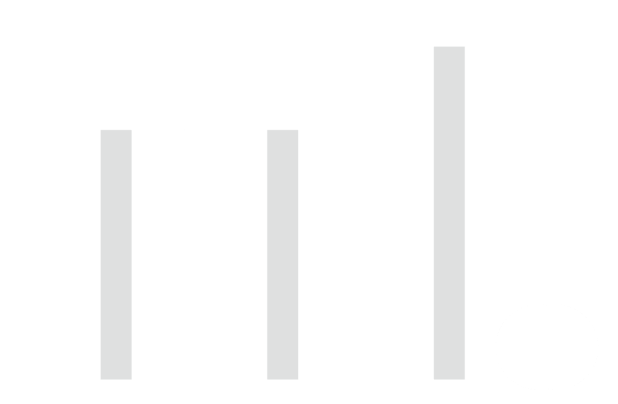Back
Karunakar
1% Better • 1y
Revenue, Costs, and Profit: The Foundation of Business When running a business, understanding how money flows is crucial. The three essential elements are: Revenue: The total income from selling goods or services. Costs: Expenses incurred to operate the business, split into fixed and variable costs. Profit: The money left after subtracting costs from revenue. Now, let’s dive into each concept through the lens of Sweet Success Cupcakes, a small bakery you’ve just started. Revenue: The Starting Point Revenue is the income your business generates from sales. It depends on two factors: The price of each item. The quantity sold. Formula: Revenue=Price per Unit×Units Sold Sweet Success Example: You sell cupcakes for $3 each. In your first week, you sell 200 cupcakes. Revenue=3×200=600dollars. This $600 represents the total money your customers paid. Costs: The Expenses Costs are the money you spend to keep the business running. These are divided into two categories: 1. Fixed Costs: These remain the same regardless of sales. For example: Rent for the shop: $500/month Weekly fixed cost (if divided evenly) Fixed Cost per Week= 500/4 =125dollars. 2. Variable Costs: These depend on production or sales volume. Each cupcake costs $1 in ingredients. If you sell 200 cupcakes: Variable Costs=1×200=200dollars. Total Costs: The sum of fixed and variable costs: Total Costs=Fixed Costs+Variable Costs For Sweet Success in Week 1: Total Costs=125+200=325dollars. Profit: The Reward Profit is what remains after paying all costs. Formula: Profit=Revenue−Total Costs Sweet Success Example: In your first week: Revenue: $600 Total Costs: $325 Profit=600−325=275dollars. This $275 is your reward for running the business. Key Takeaways Revenue: The more you sell or the higher your prices, the greater your revenue. Costs: Understanding and managing fixed and variable costs is critical to maintaining profitability. Profit: Maximizing profit requires balancing revenue growth and cost control. Follow Our Medium blog for Finance and Business insights like this: https://medium.com/@FoundrBite
Replies (3)
More like this
Recommendations from Medial
SHIV DIXIT
CHAIRMAN - BITEX IND... • 10m
💰Learn Start-up Maths —( Concept - 2 )📊 💱 All details about “ COST ” Whenever someone asks you about the cost just tell him that “ Cost the amount of money that a business spends on the creation of something ” • There are many types of cost #
See More



Vivek Joshi
Director & CEO @ Exc... • 7m
Mastering Unit Economics Unit economics isn’t just a metric—it’s your startup’s financial DNA. It reveals whether each customer adds value or drains cash. Here’s how to build your unit economics from scratch: 1. Define Your Economic Unit What drives
See More
Download the medial app to read full posts, comements and news.





































